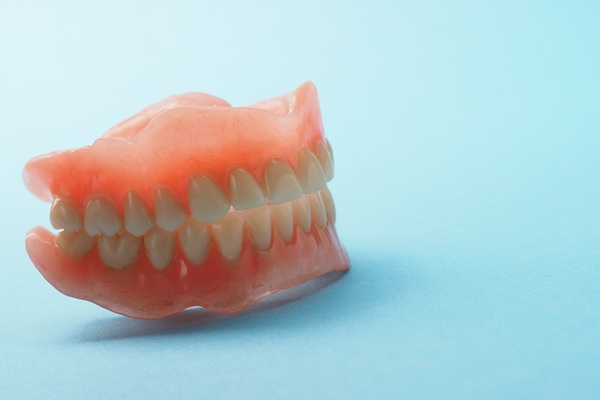Dental Fillings: A Dental Restoration to Treat Cavities

The term dental restoration refers to a number of procedures used to repair or restore function and aesthetics to teeth that are in bad shape, whether it be due to cavities, imperfections, or abnormalities. Modern-day dentistry has allowed for the evolution of many different types of dental restorations, including dental fillings, which are typically the standard treatment for repairing teeth that are in poor condition.
Dental fillings to treat cavities
Below is a quick overview of dental fillings, which are a common dental restoration used to treat cavities. This information can be helpful to review when preparing to undergo a filling procedure.
What exactly is a dental filling?
Dental fillings are a restorative procedure used to treat mild to moderate cavities. The procedure is exactly as it sounds: A dentist physically fills a cavitied tooth with a special filling material.
Dental filling materials may include silver amalgam, gold, ceramic, or composite resin. Gold is very strong and durable, however, it does draw attention to the mouth. Silver amalgam has historically been the standard material for dental fillings, although it has come under controversy in recent years due to the fact that it may contain mercury. Ceramic consists of porcelain materials, which are white in color and very strong. Ceramic has become a popular choice as it blends in with the other teeth and remains reliable. Composite resin, however, is usually used as a temporary dental restoration fix. Baby teeth are often treated with composite resin as the teeth are not permanent, and will later be replaced.
The cavity treatment process
When a dental restoration is needed to repair a cavity, a dentist attempts to use a filling first. Fillings are one of the easiest dental restoration procedures to perform. Additionally, it is easy on the tooth, as is not always the case with other dental restoration options. Outlined below are the steps of a dental filling procedure, as it relates to treating cavities.
- The patient will be numbed and may also be given the option to receive nitrous oxide, also known as laughing gas. Both of these agents can be used in order to make the patient comfortable during the dental restoration procedure.
- Once the patient is comfortable, the dentist will use a dental drill to remove the infected parts of the tooth. This part can induce some discomfort, which is why numbing agents are used.
- After the infected parts of the tooth have been removed, the dentist will quickly clean the tooth out. Cleaning is necessary in order to remove any left behind debris that may cause problems in the future.
- To finish, the dentist will fill the tooth with the patient's preferred material. Once filled, the dental restoration is complete.
Are you in need of a dental restoration?
When looking for further information on dental restorations or fillings, it is best to consult directly with a general dentist who can provide specific information. Patients can ask questions or go over concerns they have about certain procedures. Additionally, an evaluation can be done in order for the dentist to determine the most appropriate dental restoration.
Request an appointment here: https://shdentalva.com or call Safe Harbor Dental at (757) 333-0087 for an appointment in our Chesapeake office.
Check out what others are saying about our dental services on Yelp: Dental Restorations in Chesapeake, VA.
Related Posts
Many people will lose at least one tooth at some point in their lives, which can lead to oral health issues. Fortunately, a restorative dentist can replace missing teeth in several ways. These options can help patients restore the function and appearance of their smiles.Bone tissues need to be regularly stimulated to remain healthy, as…
If you have dental issues that have made you less confident in your smile, you should consider consulting with a restorative dentist. The dentist will evaluate your smile and let you know how to restore the look of your teeth and, ultimately, your confidence in your smile. Continue reading to find out what restorative dental…
Practicing preventive dentistry strategies can help you avoid serious dental problems. It can support your personal goals in keeping your gums and teeth healthy. Prevention is always better than going through treatments for serious dental problems. If you want to know how preventive dentistry can avoid the development of a serious oral problem, here are…
The goal of preventive dentistry is to keep teeth and gums clean and healthy in order to reduce the risk of cavities and other oral health concerns developing. It is a good idea to have a full understanding of how preventive dentistry can protect your smile and what services a dentist may recommend for cavity…


